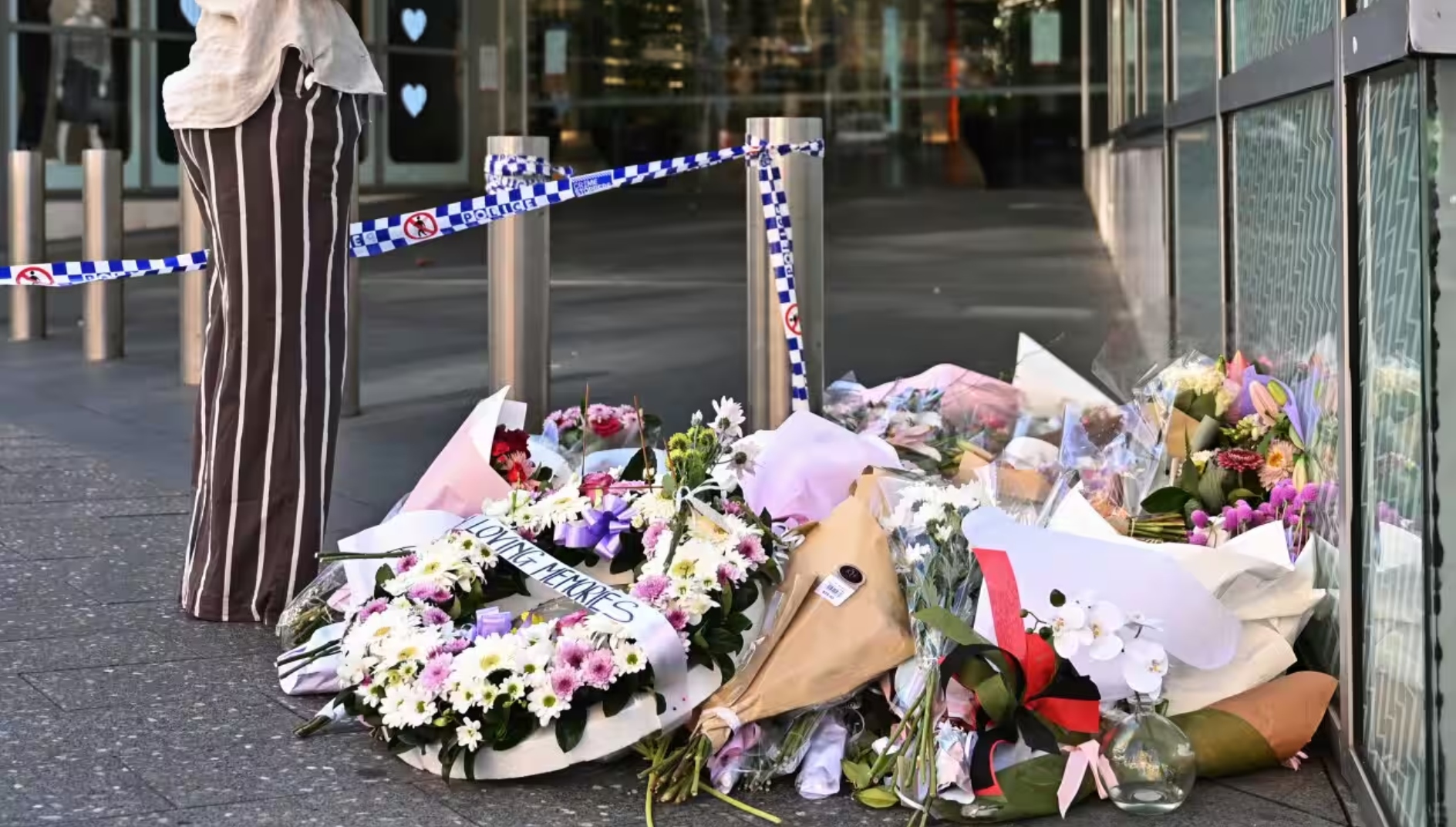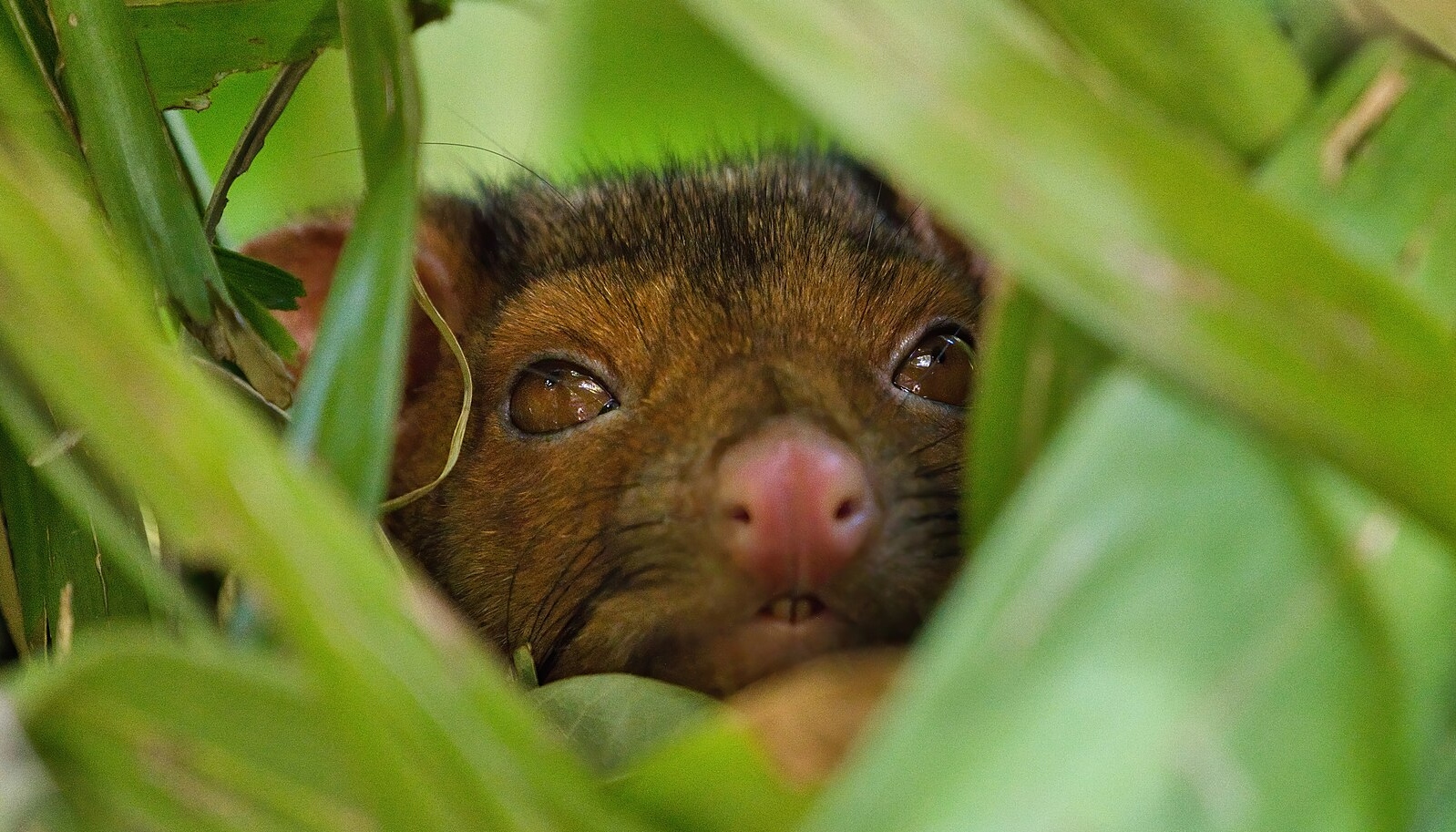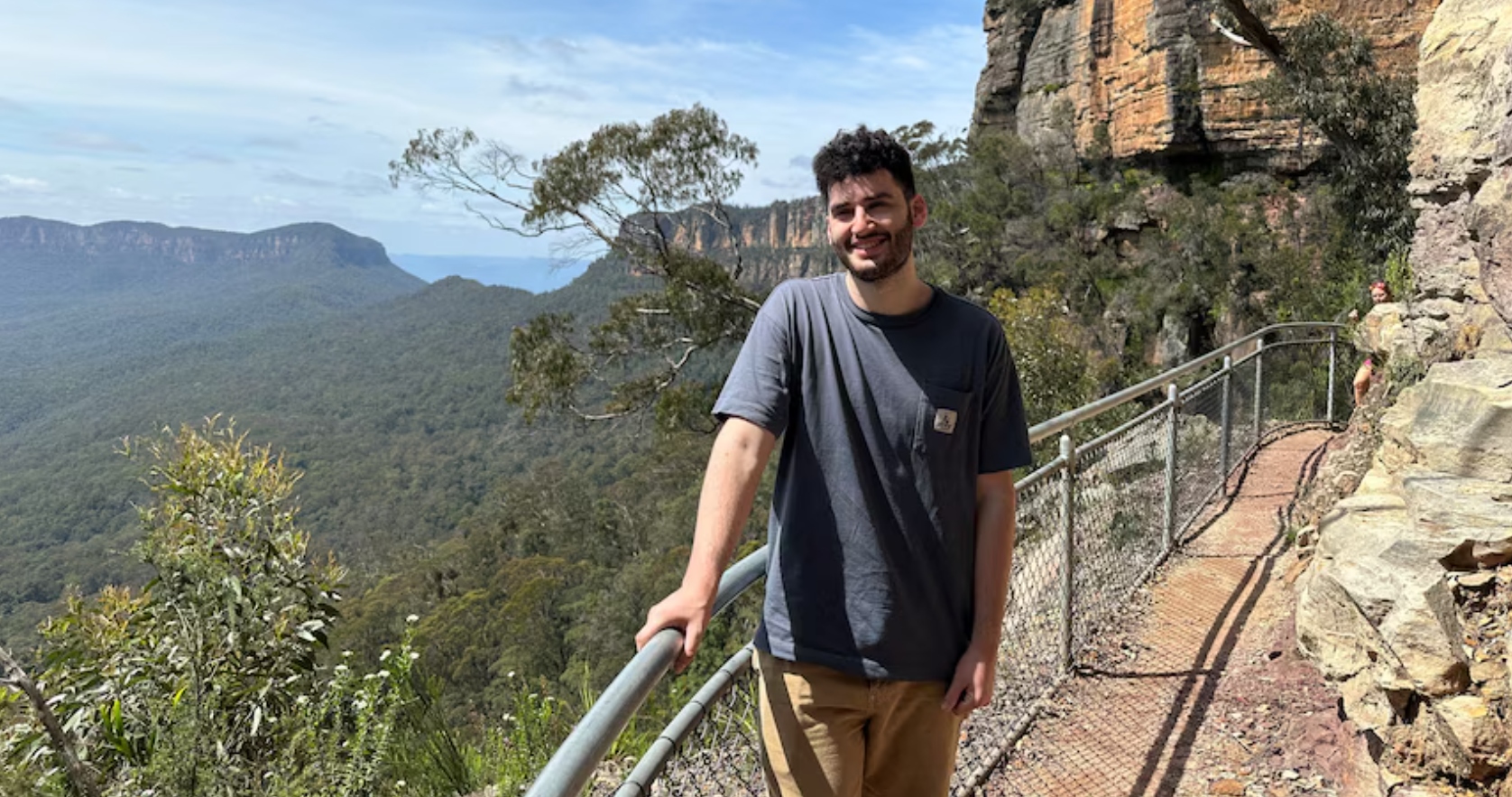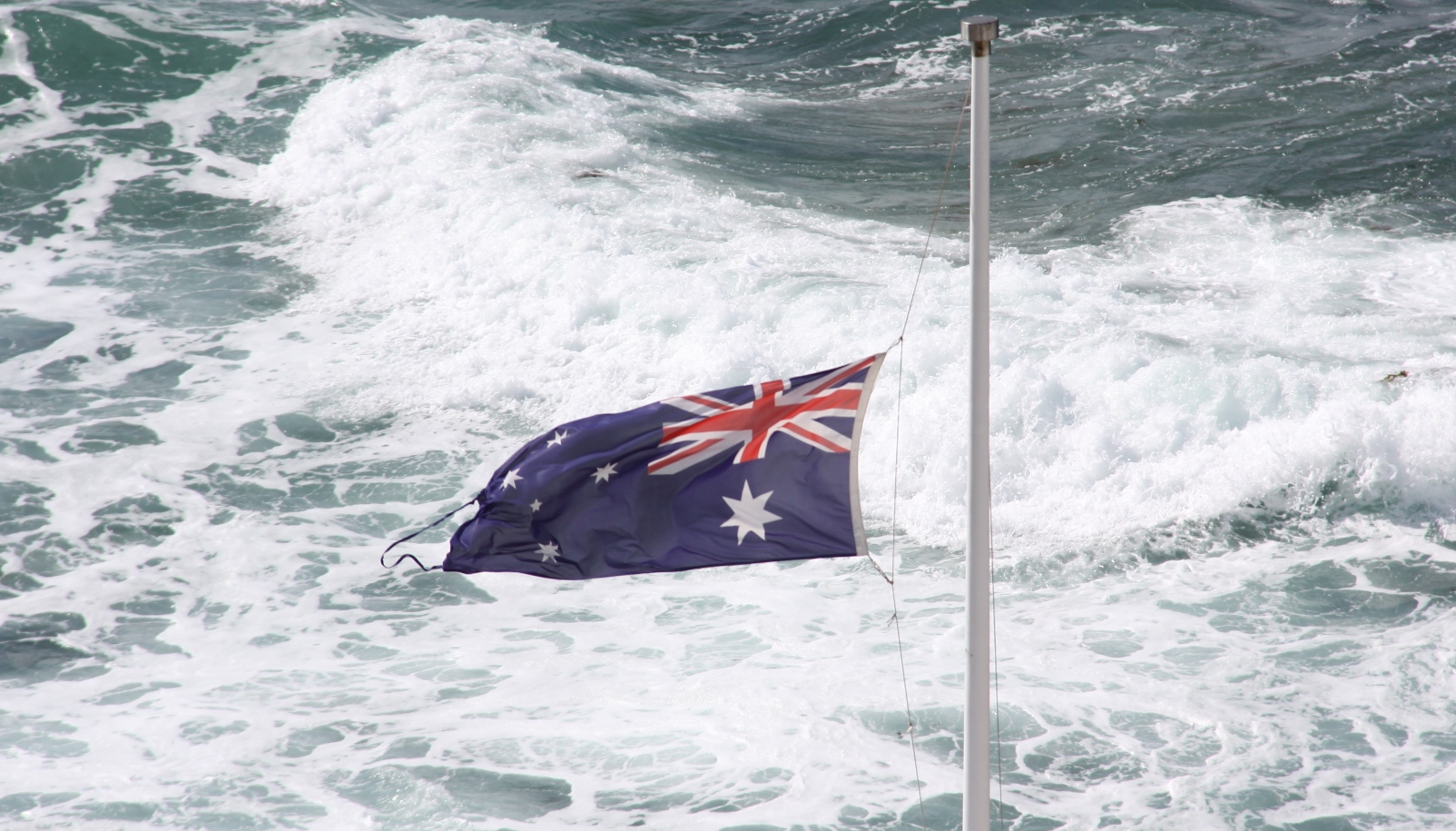
La Perouse Aboriginal land gains legislative protection
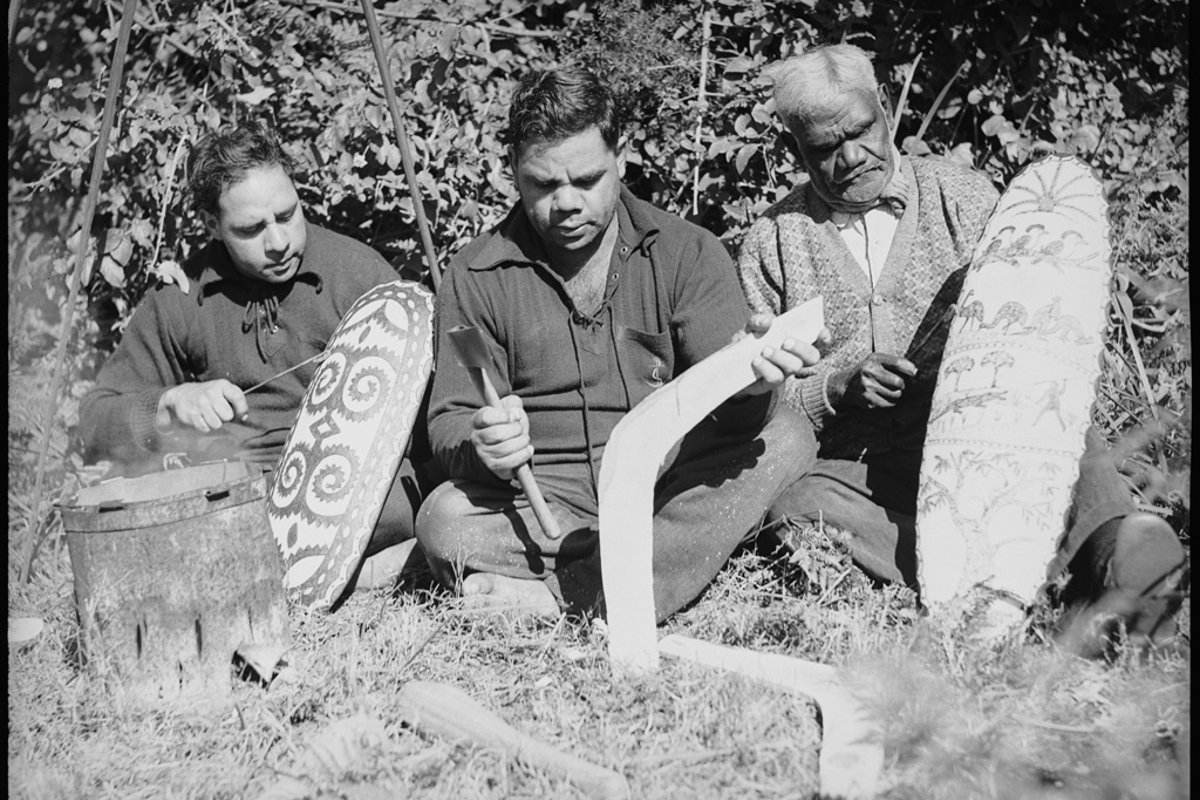
Image: Historical image of Aboriginal man making boomerangs in La Perouse, June 1938. Photo: State Library of NSW.
By SASHA FOOT
The NSW Government has afforded the former Aboriginal settlement at La Perouse new cultural protection – a move celebrated by the Local Aboriginal Land Council.
The historic site, which overlooks Frenchmans Bay, will be listed as an Aboriginal Place under the NSW National Parks and Wildlife Act, ensuring that any efforts to alter or disturb the site will require state government permission.
Noeleen Timbery, chair of the La Perouse Local Aboriginal Land Council, said that local Aboriginal people whose families resided on the mission were “pleased” that the site had received the heritage significance it deserved”.
She added that providing legislative protection recognised the significance “of the site to our people”.
According to the land council’s Facebook page, consultations with the La Perouse Aboriginal community occurred over several years to ensure their full support.
Indigenous people settled at Frenchmans Bay after being forced out of Sydney in the late 1800s. The colonial government formally established it as an Aboriginal mission in 1895.
La Perouse was the only mission allowed to remain in Sydney because, in part, it was on the city’s outskirts.
The Queen of La Perouse
Although First Nations people inhabited the land for thousands of years before colonisation, one of the first families to settle at the site was the Timberys. George Timbery was a local fisherman and his wife Emma Timbery was a shellworker.
Executive Director of Heritage NSW, Sam Kidman, paid tribute to Emma Timbery – known as the Queen of La Perouse – who was “an Aboriginal ‘matriarch’ and one of the earliest converts involved in mission work”. Her great-granddaughter, Esme Timbery, is a renowned artist who has continued the family line of shellwork.
But while the mission site has a history of dispossession and oppression, more recent events highlight its association with political resistance and activism.







